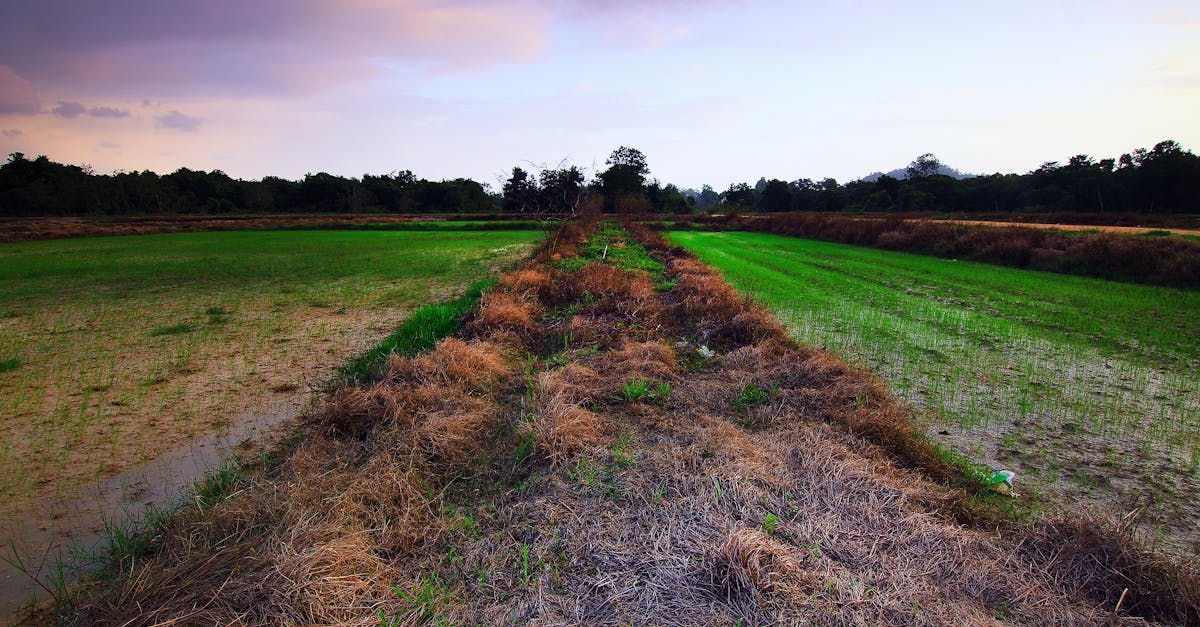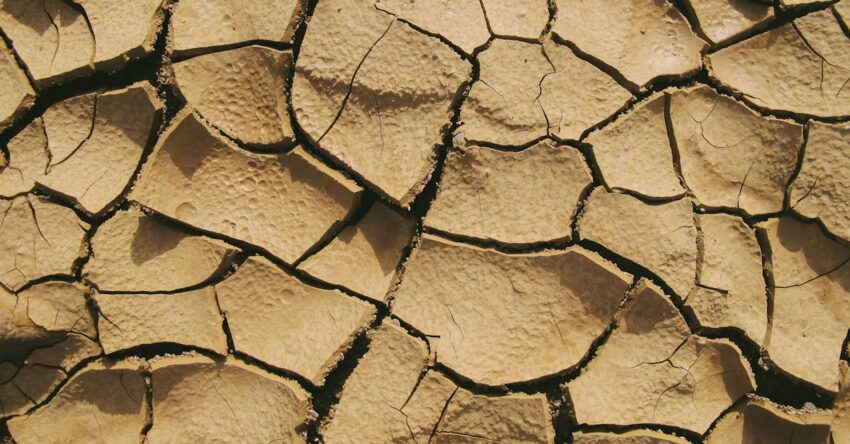Have you ever noticed cracks forming in your walls or your patio sinking unexpectedly? You might be dealing with soil changes without even knowing it. These changes in the ground can lead to big problems, like foundation damage, if not managed properly. Fortunately, understanding how soil expansion and contraction work can make a huge difference in maintaining the stability of your home. It’s all about knowing what to look for and how to respond.
Your home’s foundation relies heavily on the soil it sits on. Soil properties, like moisture levels and organic content, can fluctuate due to climate impact, resulting in shifts that affect foundation integrity. In some cases, you might need to consider foundation repair or even geotechnical evaluations to prevent further damage. But with the right knowledge, you can improve your home’s climate resilience and maintain soil stability.
If you’re eager to protect your home and want practical solutions for these pesky soil issues, keep reading. Discover key methods that can help you tackle soil changes effectively and ensure your house remains on solid ground.

Photo provided by Francesco Ungaro on Pexels
Within the post
Understand Foundation Integrity
When it comes to your home, the foundation is its backbone. You might notice some signs of foundation instability, like cracks in the walls or uneven floors. These signs can tell you that the soil changes are affecting your house. You should address these issues promptly because doing so is key for foundation damage prevention. Acting quickly can save you a lot of trouble and money in the long run. By keeping an eye out for these signs, you can maintain the foundation’s strength and stability.

Evaluate Climate Impact
Climate change affects the soil beneath your home. It’s crucial to analyze how weather patterns, like heavy rains or droughts, affect these soil changes. You can focus on improving the climate resilience of your property. By taking steps to better protect your home against weather-related impact, you can safeguard it. Consider factors like drainage systems, which can help direct water away from the foundation. Additionally, look at ways to improve your property’s resilience through landscaping that can handle varying weather conditions.

Photo provided by Markus Spiske on Pexels
Monitor Soil Expansion and Contraction
Soil expansion happens when the soil absorbs moisture and grows. Conversely, soil contraction occurs when moisture levels drop and the soil shrinks. Recognizing these patterns is important because they affect your foundation. When the soil expands, it can push against the foundation, causing it to move. Understanding these effects can help you manage your foundation’s health better. You might want to keep an eye on the amount of water your soil receives to prevent sudden movements.

Photo provided by Yan Krukau on Pexels
Implement Geotechnical Considerations
Using expert advice is key to enhancing soil stability. Geotechnical engineers can provide insights into how the soil changes over time. They can help you plan for these changes in your construction projects. By incorporating their recommendations, you can ensure that your foundation remains strong. Moreover, it’s wise to plan for potential changes in the soil’s behavior due to external factors. This way, you can mitigate the impact of soil changes on your home.

Pursue Foundation Repair Options
Exploring solutions for maintaining your foundation’s health is essential. Foundation repair can address existing issues and prevent future problems. You should ensure that the foundation repair enhances long-term stability. Look for solutions that not only fix the problem but also prevent it from recurring. By doing so, you strengthen your foundation’s resilience against future issues, keeping your home safe and secure.
Embrace Soil Stability
Understanding the various methods you can use to manage soil effectively brings numerous benefits. You’ll enhance the stability and integrity of your foundation, which helps prevent costly repairs. By considering factors like climate impact and geotechnical considerations, you become proactive in maintaining the long-term health of your property.
Start by assessing the current state of your soil. Identify changes in moisture and other properties, perhaps by consulting with an expert. Then, implement one or two techniques you learned, like improving drainage or adjusting for soil expansion and contraction. Taking small, consistent steps ensures you build climate resilience and protect your investment.
Take action today! Begin by examining your soil’s condition and selecting a method that suits your needs. Your effort in managing soil stability will reward you with peace of mind and a strong foundation.
